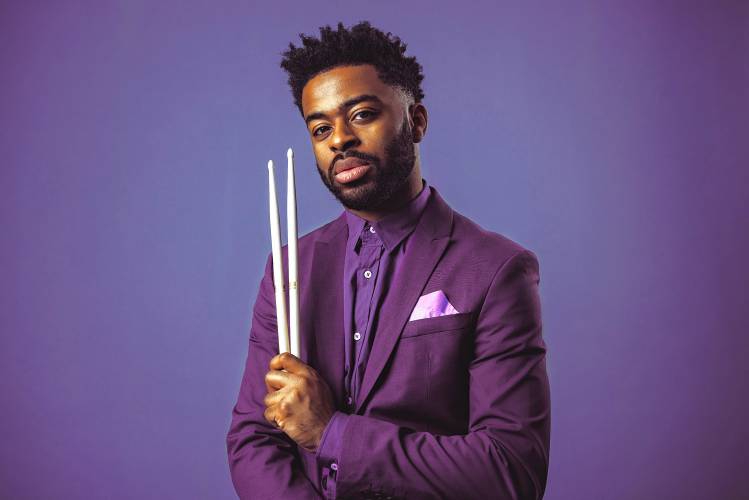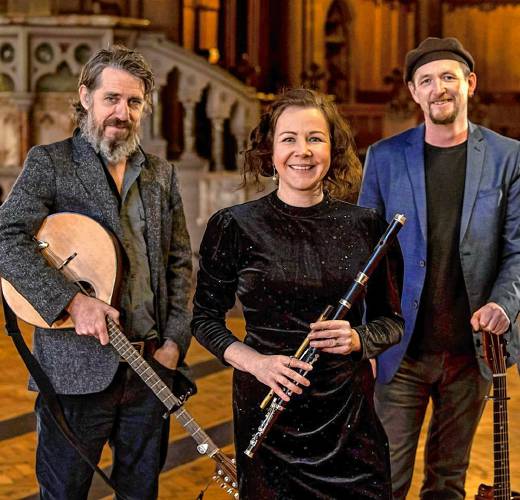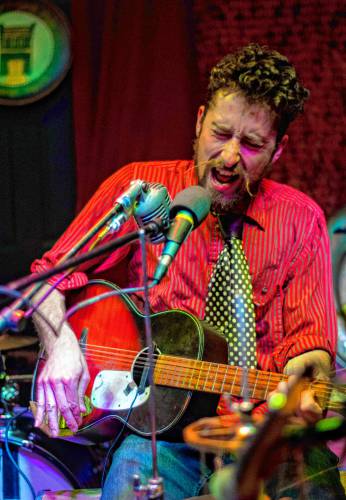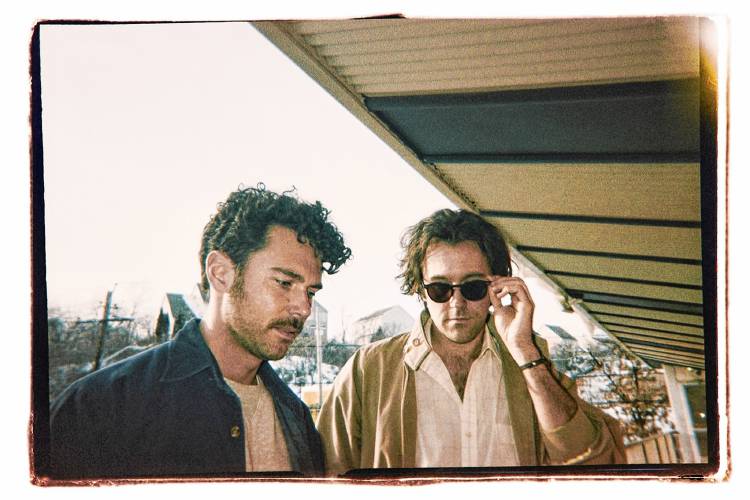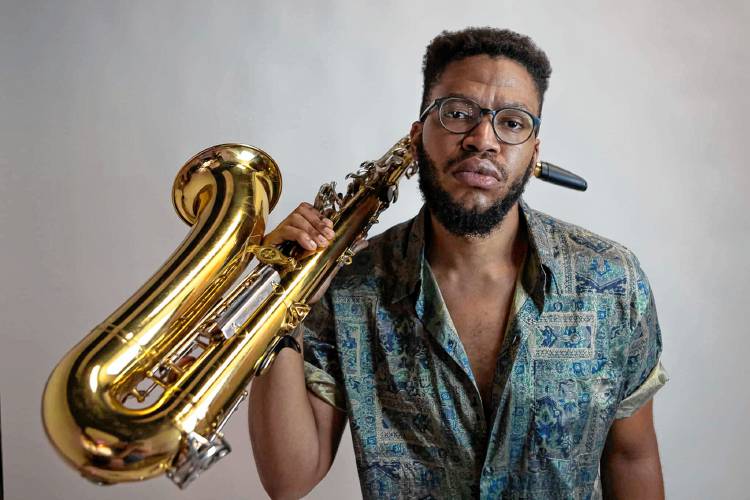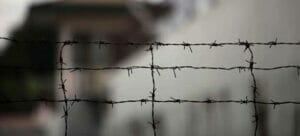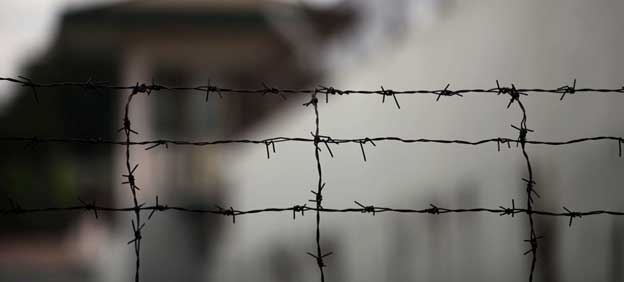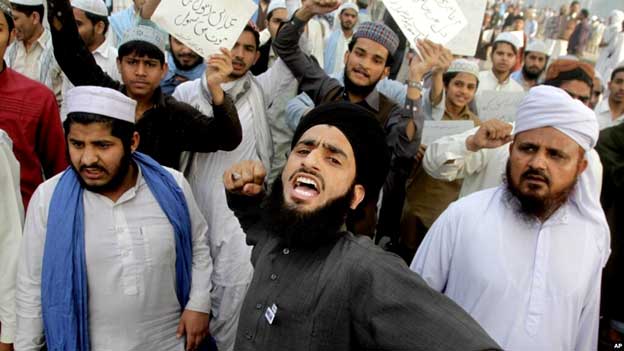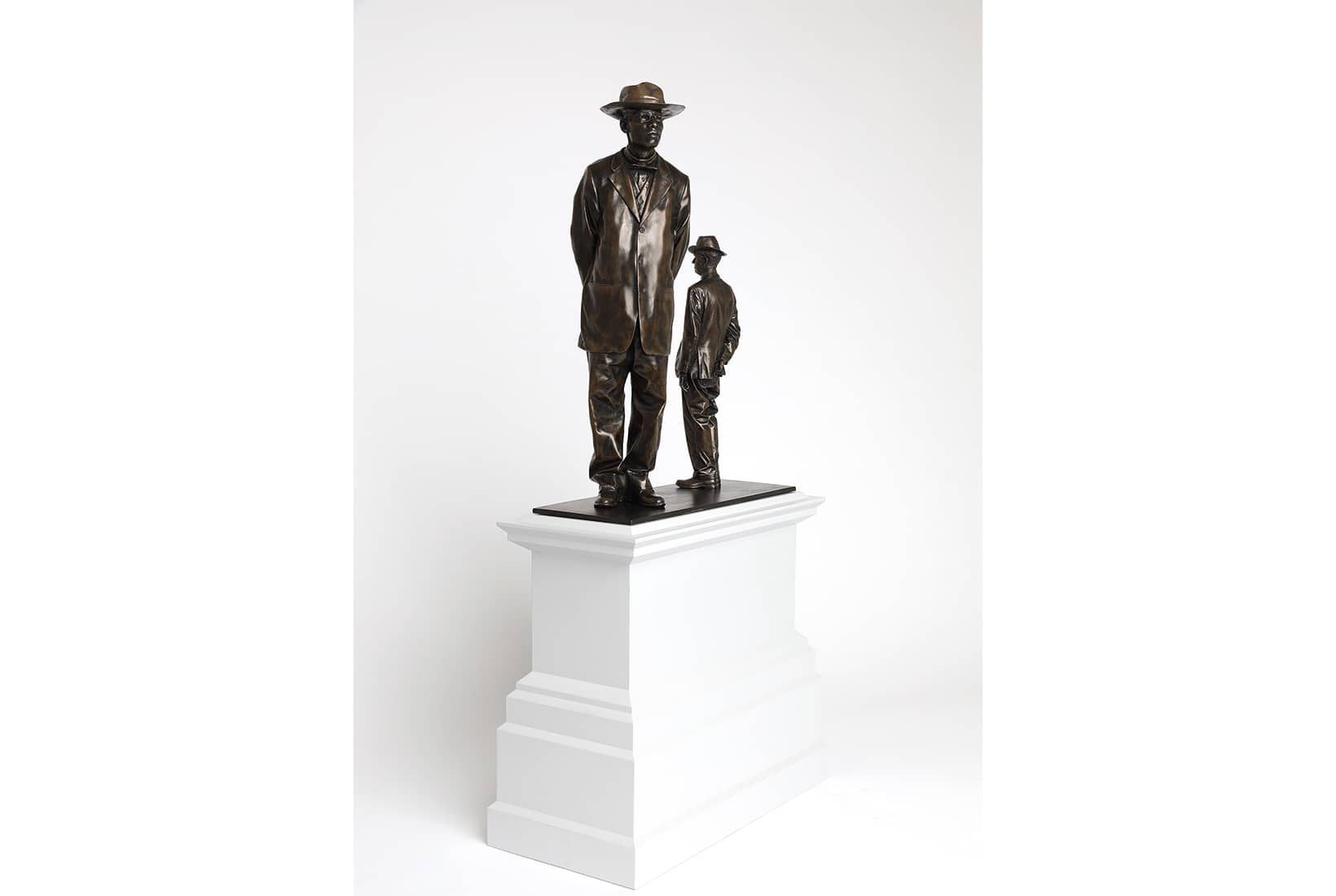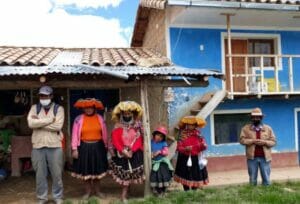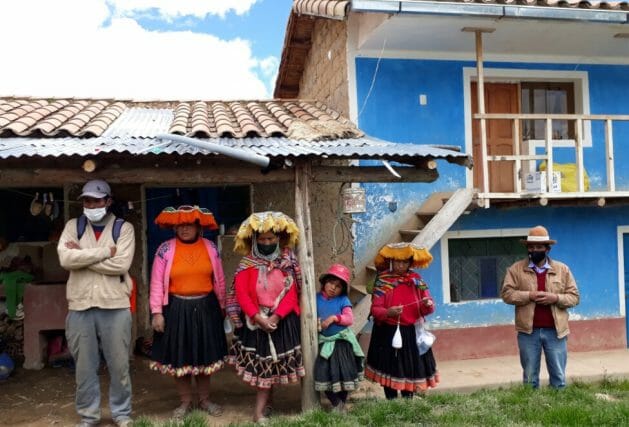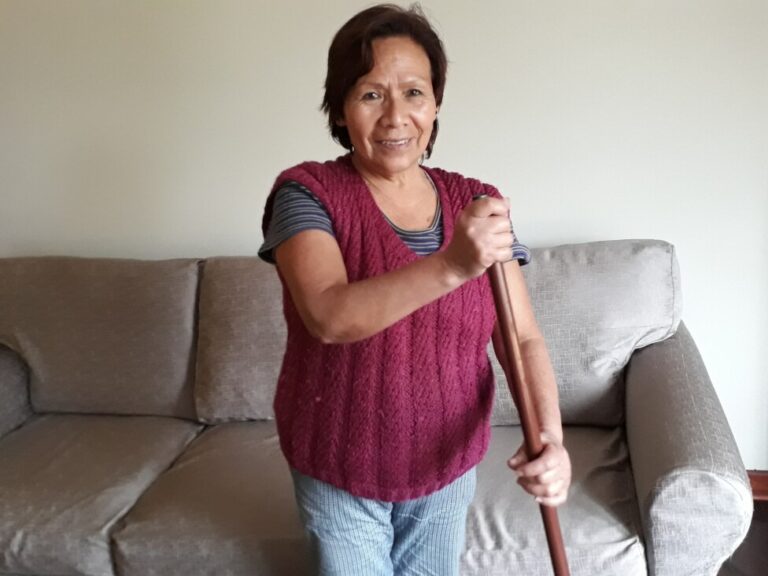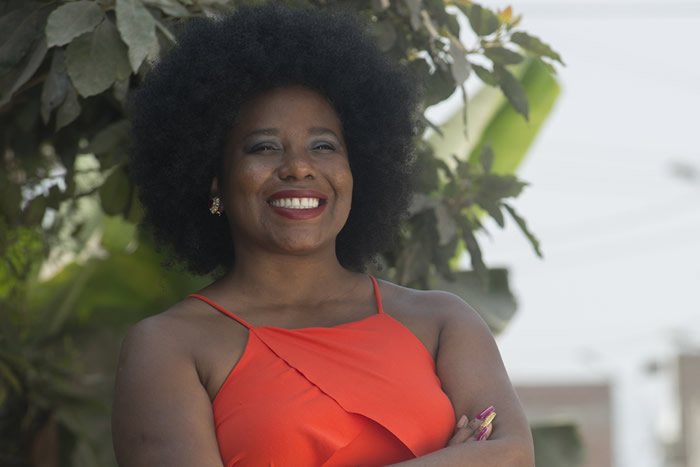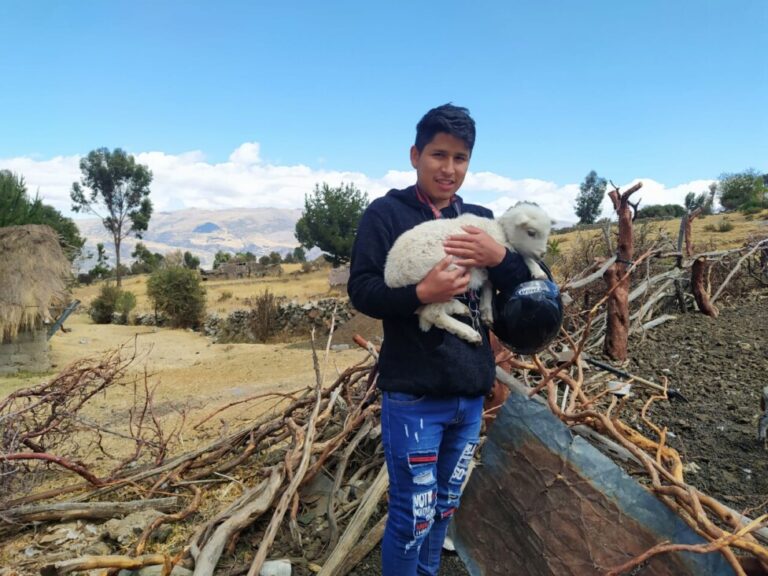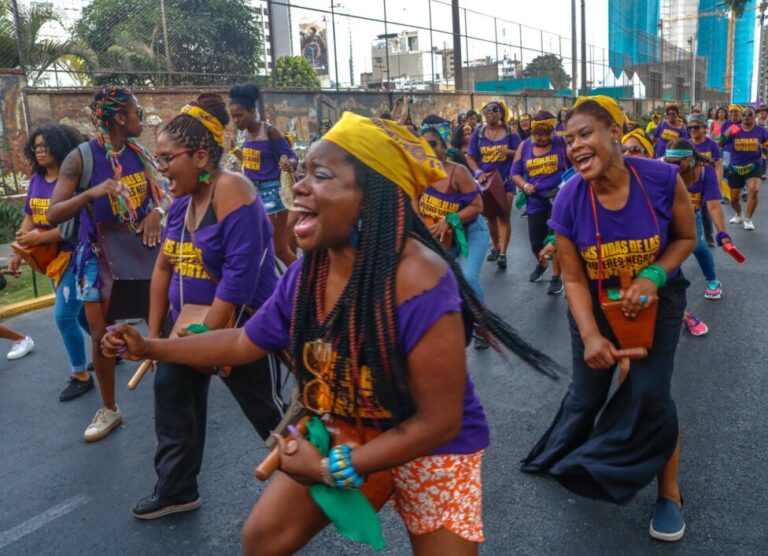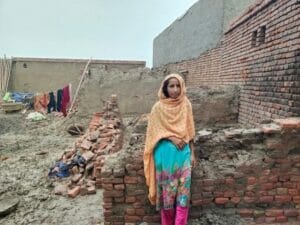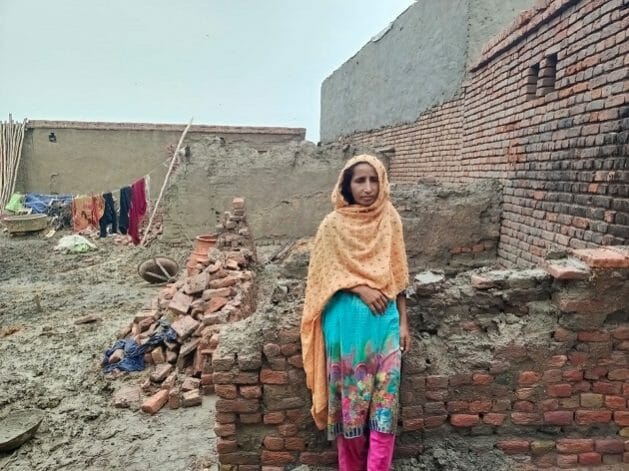
Staff Writer
Monday, September 12, 2022

In the musical world, it’s now a classic comeback story: how jazz singer Melody Gardot, then 19 years old, was struck by a car while bicycling in her native Philadelphia in 2003 and suffered serious head and spinal injuries, a broken pelvis, and neurological damage that affected her movement and memory.
She was also left with hypersensitivity to light and sound and had to learn to walk again once she finally rose from her hospital bed.
But Gardot, who comes to the Academy of Music in Northampton on Sept. 11 at 8 p.m., spent part of her recovery time writing songs, learning how to play guitar while lying on her back, and in general drawing on music as a vital part of therapy. In nearly two decades since her accident, she’s released six albums and earned legions of fans — notably in Europe — who are drawn to her smoky jazz/blues voice, piano playing and songwriting.
Gardot, who speaks fluent French and knows other languages, too, has traveled and performed extensively in Europe; she calls herself a “citizen of the world.” As such she’s soaked up a lot of influences, and on her newest album, “Entre Eux Deux” (Between Us Two), released in May, she’s distilled some of those down to a spare soundscape of her vocals alongside piano accompaniment by French-Brazilian keyboardist Philippe Powell — the first time she hasn’t played piano on one of her albums.
“If I had to sum up the record in a few words,” Gardot said in an interview earlier this year, “I’d say it’s a dance between two people who love and value the same things: deep poetry and solid melodies … it’s a peek into the world of two artists who just really dig each other.”
The album’s 10 songs, which Gardot sings in English and French, came out of an intense two-week workshop the two friends held in Gardot’s Paris apartment, with a view of the Eiffel Tower, at which they wrote and shared lyrics, melodies and ideas. In that sense it’s really a duo album, with Powell singing harmony on a few tracks and the two sharing songwriting credits on a number of the tunes.
It’s music for late, quiet nights and contemplative moments, with a few covers as well, including “Plus Fort que Nous” from the classic French film “Un Homme et Une Femme.” Jazzwise calls the album “good stuff, the best album Gardot has yet made. Give it a try, you might like it; and if you’re a fan of brooding torch songs, you’ll probably love it.”
French/American Jazz singer Laura Anglade, who’s drawn comparisons to Anita O’Day, Shirley Horn and Blossom Dearie, opens the show.
Since opening this spring, the Drake in Amherst has built a reputation for putting together a wide-ranging, eclectic lineup, and this weekend over four consecutive nights the downtown club hosts a jazz drummer, traditional Irish music, a one-man folk-rock band, and two rock bands with unique sounds — in that order.
Red-hot jazz drummer Jonathan Barber, voted the top up-and-coming drummer of 2018 by the readers of Modern Drummer, started things off Thursday.
On Friday at 7 p.m., The Alt — Irish musicians John Doyle, Nuala Kennedy, and Eamon O’Leary — come to the Drake to offer instrumental interplay that Acoustic Guitar Magazine calls “telepathic and miraculous.” Combining on guitar, bouzouki, flute, and vocals, the three musicians are all notable folk performers in their own right but together create a sound that “is really a celebration of friendship and song,” as they put it.
Then on Saturday, at 8 p.m., the Drake welcomes Valley favorite The Suitcase Junket, aka Matt Lorenz, who specializes in playing guitar and singing while playing a homemade drum kit with his feet. He’s also been known to play the cymbals while holding a drumstick in the same hand he’s using to strum his guitar. He’s a versatile man.
Finally, the Swiss instrumental ensemble L’Eclair, which offers the kind of danceable grooves alternately called “expansive” and “spacey” — SPIN describes the band as “jamming their way to instrumental bliss” — will be at the Drake Sunday at 8 p.m. Valley rockers Carinae open the show.
If you’re looking for more musical variety, you can likely find it at Millpond Live, the free (donations encouraged) outdoor concert series that takes place at Easthampton’s Millside Park, which this year begins on Friday and Saturday with six bands playing everything from electronic fusion and R&B to Latin American rhythms to a variety of jazz. (Additional shows take place Sept. 16 and 17.)
Of particular note at the Friday concert, which runs from 6 to 10 p.m., is Mtali Shaka Banda and his ensemble. Banda, a saxophonist, is an Amherst native and the son of a Malawian refugee father and an African American mother. Growing up he also spent several years in Wisconsin and Georgia, then was back in Massachusetts in Brockton, followed by a move to Israel when he was 18.
Now living in Massachusetts again, Banda has absorbed numerous influences during his journeys — jazz, funk, soul, folk, R&B and hip hop — and his music also contains elements of travelogue, memoir and family history. One thing he doesn’t play, he says, is classical: “I have too much backbeat in me.”
Visit millpond.live to see a list of other performers at the festival.
Steve Pfarrer can be reached at spfarrer@gazettenet.com. For more Beat Goes On news about musical happenings around the Valley, check out the Daily Hampshire Gazette.
[embedded content]
[embedded content]
<!– Go to www.addthis.com/dashboard to customize your tools –>


